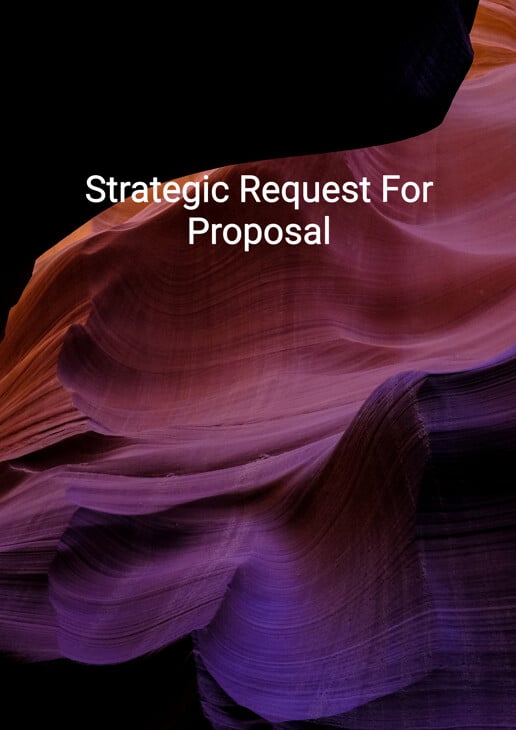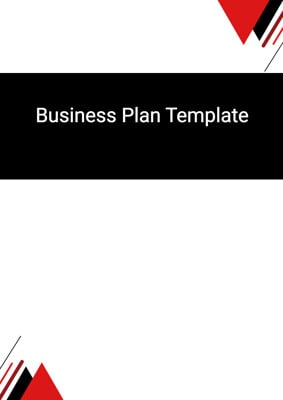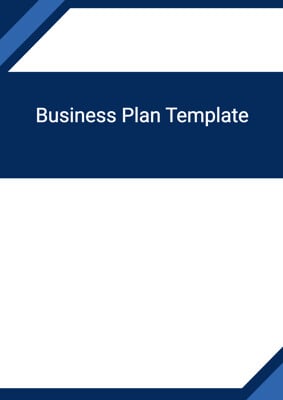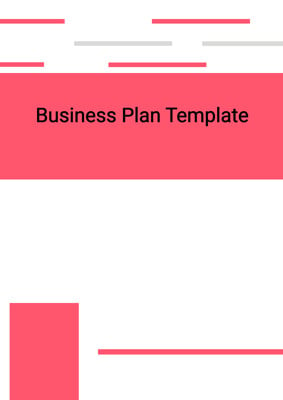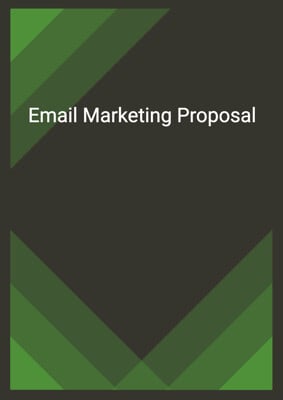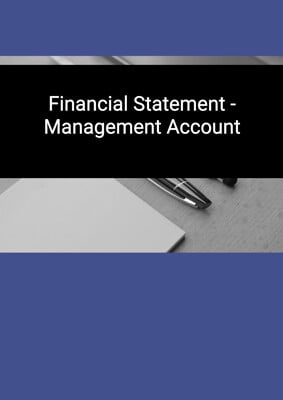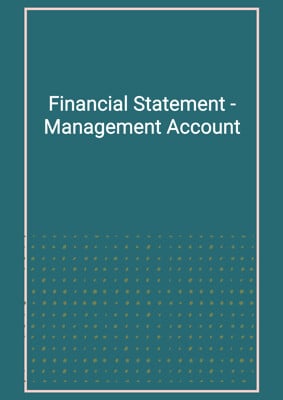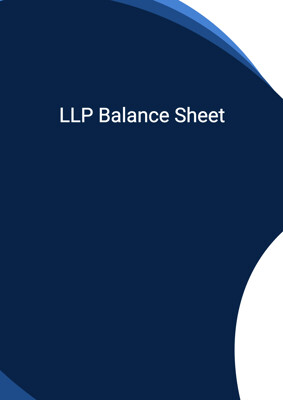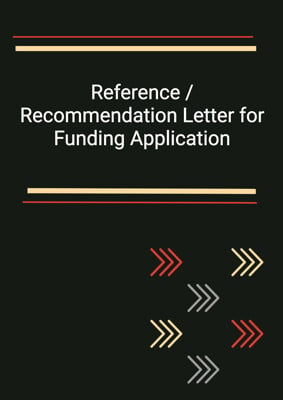How to Tailor the Document for Your Need?
01
Create Document
Click "Create Document" button and the document will be prepared with your account details automatically filled in.
02
Fill Information
Please fill in any additional information by following the step-by-step guide on the left hand side of the preview document and click the "Next" button.
03
Get Document
When you are done, click the "Get Document" button and you can download the document in Word or PDF format.
04
Review Document
Please review the document carefully and make any final modifications to ensure that the details are correct before publication / distribution.
Document Preview
Document Description
A Strategic Request for Proposal (RFP) is a powerful tool that allows organizations to effectively identify and select the right vendors for their projects. Our comprehensive RFP template is designed to streamline your vendor selection process, attract qualified vendors, and optimize your procurement efforts.
The template begins with an introduction that emphasizes the importance of the RFP and the confidentiality of the information shared. It provides an overview of your organization and the purpose of the RFP, setting the stage for potential vendors to understand your needs and the significance of their participation.
The project overview section is a critical part of the RFP template. It outlines the objectives, goals, and desired outcomes of the project in a clear and concise manner. By clearly articulating your requirements, you can attract vendors with the right expertise and experience to meet your project goals. Incorporating relevant keywords specific to your industry or niche improves the visibility of the RFP, ensuring it reaches the right vendors who are actively searching for opportunities in your sector.
The proposal requirements section of the template outlines the key information that vendors need to include in their proposals. It covers aspects such as their organizational background, strategic approach to addressing project objectives, qualifications and expertise of the team members, project timeline with milestones, fees and payment terms, and contact information. By incorporating relevant keywords such as "RFP examples" and "RFP guidelines," the template becomes more SEO-friendly and attracts vendors who are seeking guidance and examples to create compelling proposals.
To ensure a fair evaluation process, the template includes clear evaluation criteria and selection process details. It may encompass factors such as the project plan and timeline, pricing and fees, past performance and experience, submission of work samples, and any additional criteria that are important to your specific project. By incorporating keywords related to evaluation criteria and selection process, the RFP template becomes more optimized and visible to vendors who are actively searching for such criteria.
The response deadline is clearly stated, providing vendors with the necessary information to submit their proposals in a timely manner. Additionally, contact information is provided to address any inquiries or clarifications that vendors may have during the RFP process.
By utilizing our strategic RFP template, you can streamline your vendor selection process, attract qualified vendors, and optimize your procurement efforts. The comprehensive nature of the template ensures that vendors have all the necessary information to submit high-quality proposals, leading to successful project outcomes.
Download our strategic RFP template now and take a proactive step towards improving your vendor selection process, achieving project success, and maximizing the value of your procurement activities.
How to use this Document?
A Strategic Request for Proposal (RFP) is a powerful tool that allows organizations to effectively identify and select the right vendors for their projects. Our comprehensive RFP template is designed to streamline your vendor selection process, attract qualified vendors, and optimize your procurement efforts.
The template begins with an introduction that emphasizes the importance of the RFP and the confidentiality of the information shared. It provides an overview of your organization and the purpose of the RFP, setting the stage for potential vendors to understand your needs and the significance of their participation.
The project overview section is a critical part of the RFP template. It outlines the objectives, goals, and desired outcomes of the project in a clear and concise manner. By clearly articulating your requirements, you can attract vendors with the right expertise and experience to meet your project goals. Incorporating relevant keywords specific to your industry or niche improves the visibility of the RFP, ensuring it reaches the right vendors who are actively searching for opportunities in your sector.
The proposal requirements section of the template outlines the key information that vendors need to include in their proposals. It covers aspects such as their organizational background, strategic approach to addressing project objectives, qualifications and expertise of the team members, project timeline with milestones, fees and payment terms, and contact information. By incorporating relevant keywords such as "RFP examples" and "RFP guidelines," the template becomes more SEO-friendly and attracts vendors who are seeking guidance and examples to create compelling proposals.
To ensure a fair evaluation process, the template includes clear evaluation criteria and selection process details. It may encompass factors such as the project plan and timeline, pricing and fees, past performance and experience, submission of work samples, and any additional criteria that are important to your specific project. By incorporating keywords related to evaluation criteria and selection process, the RFP template becomes more optimized and visible to vendors who are actively searching for such criteria.
The response deadline is clearly stated, providing vendors with the necessary information to submit their proposals in a timely manner. Additionally, contact information is provided to address any inquiries or clarifications that vendors may have during the RFP process.
By utilizing our strategic RFP template, you can streamline your vendor selection process, attract qualified vendors, and optimize your procurement efforts. The comprehensive nature of the template ensures that vendors have all the necessary information to submit high-quality proposals, leading to successful project outcomes.
Download our strategic RFP template now and take a proactive step towards improving your vendor selection process, achieving project success, and maximizing the value of your procurement activities.
1. Understand the purpose of an RFP: Familiarize yourself with the purpose and benefits of using an RFP template. An RFP serves as a formal document that outlines your project requirements and solicits proposals from potential vendors, allowing you to compare and select the best fit.
2. Locate a suitable RFP template: Search for a comprehensive RFP template that matches your industry and project needs. Look for templates that include essential sections such as project description, scope, evaluation criteria, and submission guidelines. Customize the template as necessary.
3. Customize the template: Tailor the RFP template to your specific project requirements. Update sections such as the project description, objectives, deliverables, timelines, and budget. Ensure clarity and specificity to help potential vendors understand your expectations.
4. Add evaluation criteria: Incorporate evaluation criteria into the RFP template to assess and compare proposals effectively. Consider factors such as vendor experience, qualifications, pricing, technical expertise, and past performance. Customize the criteria based on your project's unique needs.
5. Share the RFP template: Distribute the customized RFP template to potential vendors through various channels such as email, online platforms, or vendor databases. Provide a clear deadline for proposal submission and include contact information for inquiries.
6. Answer vendor inquiries: During the RFP process, vendors may have questions or seek clarification on certain aspects. Maintain open communication and promptly respond to these inquiries. Document all questions and answers to ensure transparency and fairness.
7. Evaluate the received proposals: Review each proposal received based on the predefined evaluation criteria. Assess vendors' capabilities, alignment with project goals, proposed approach, and cost. Consider creating a scoring system or evaluation matrix to facilitate the comparison process.
9. Conduct vendor interviews or presentations: Arrange interviews or presentations with the shortlisted vendors to gain further insights into their capabilities, communication skills, and cultural fit. Use this opportunity to ask targeted questions and assess their problem-solving abilities.
10. Select the vendor and finalize the contract: Based on the evaluation and interviews, choose the vendor that best meets your project needs. Initiate contract negotiations to discuss terms, conditions, pricing, deliverables, and timelines. Ensure all critical aspects are captured in the final contract.
Not the right document?
Don’t worry, we have thousands of documents for you to choose from:
